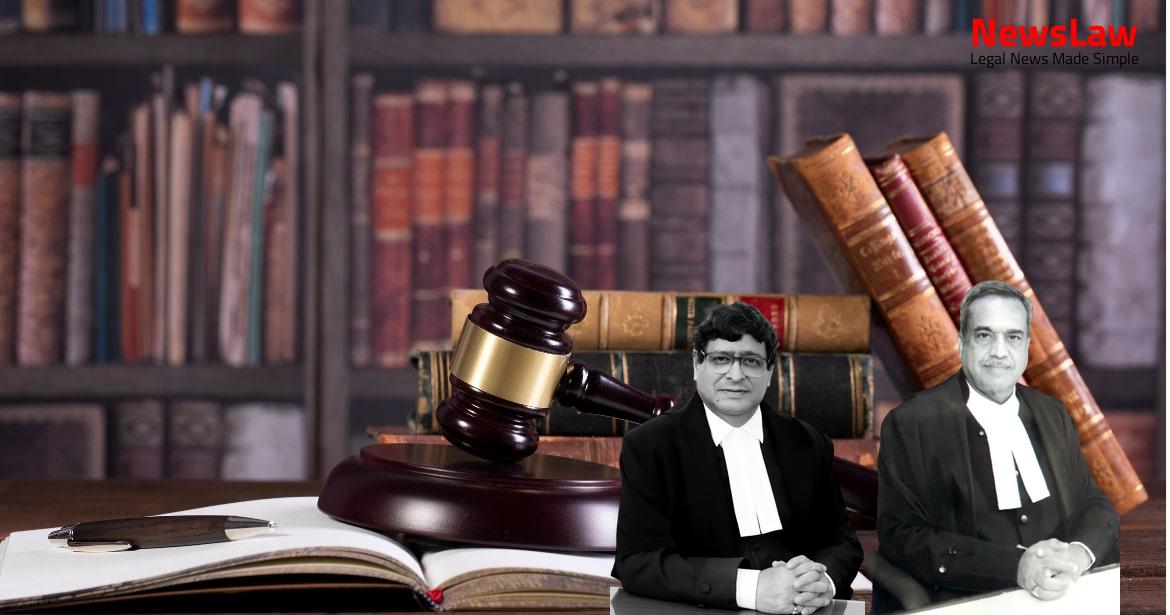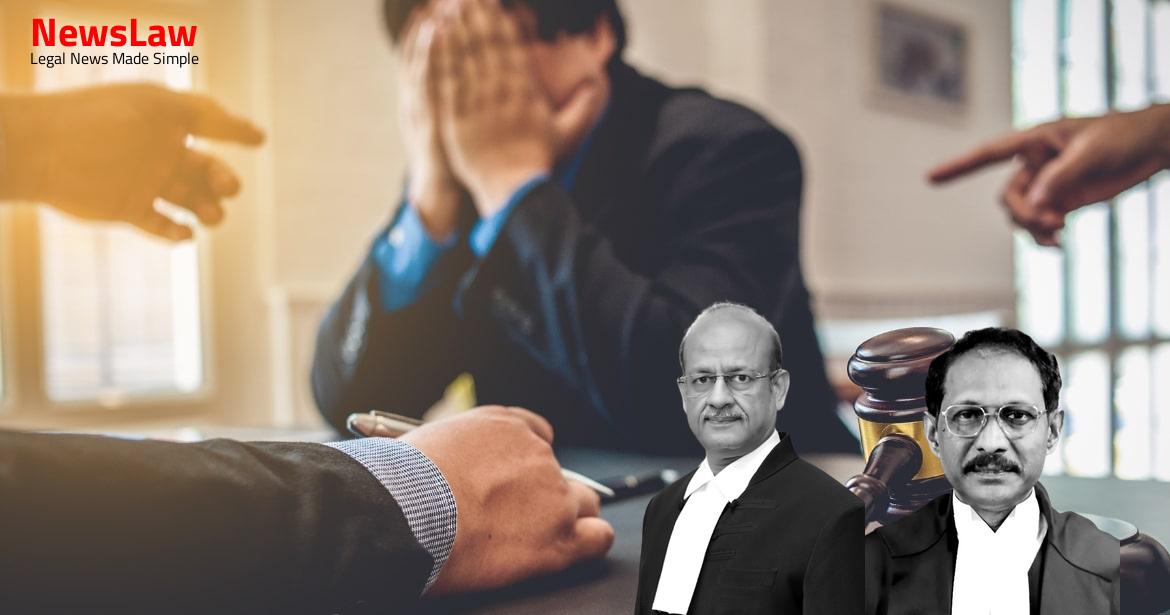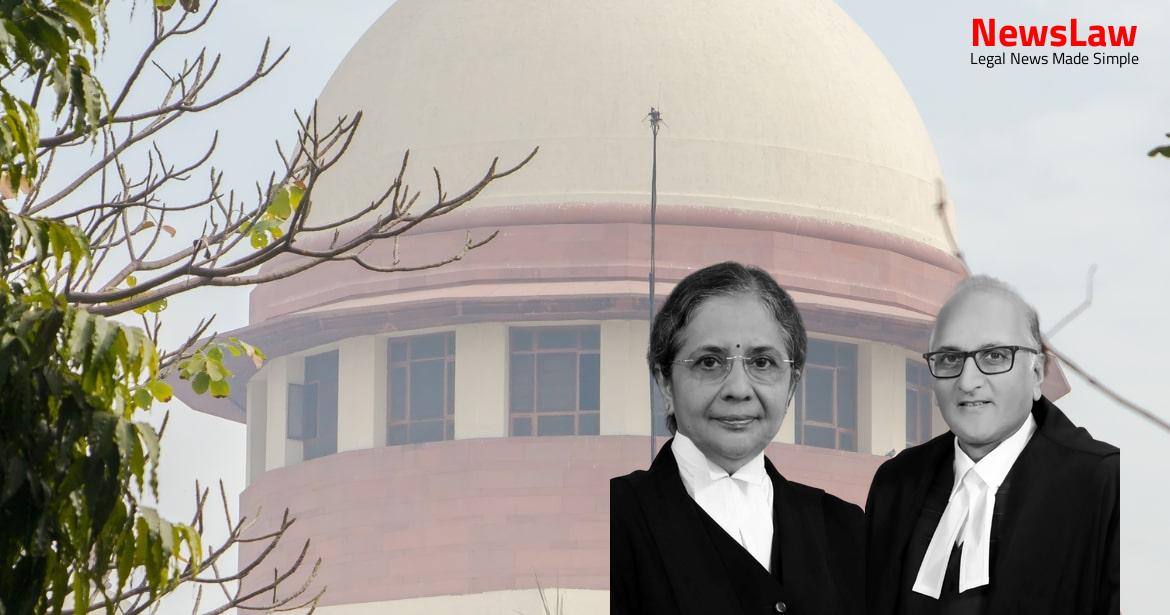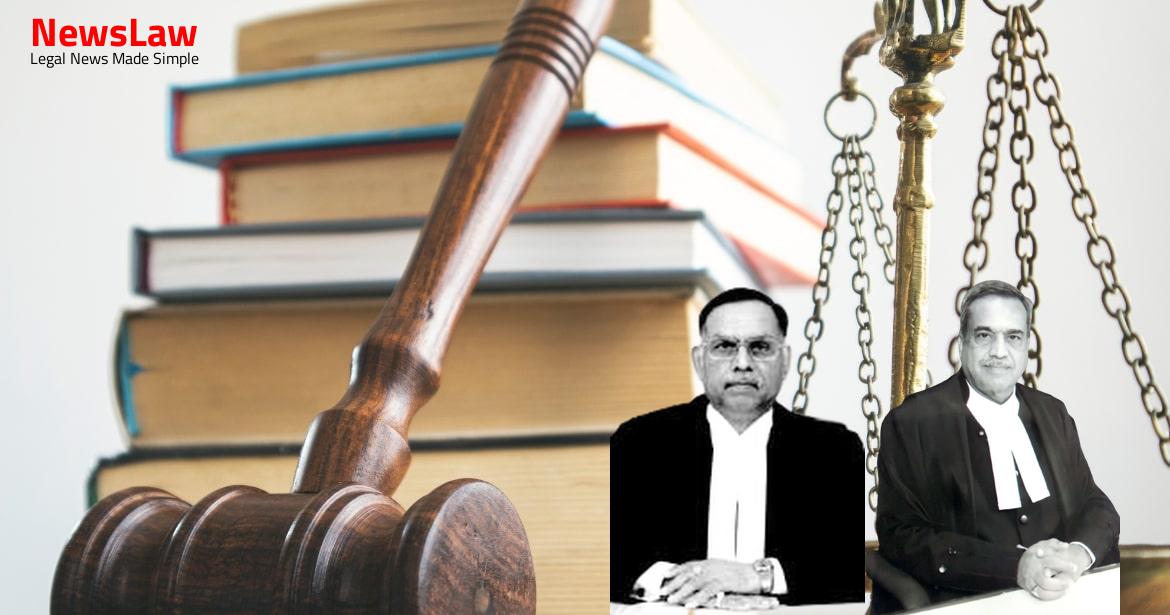In a recent legal case, the High Court delved into the intricacies of witness testimonies, raising crucial questions about reliability and credibility. The court’s analysis focused on the discrepancies in witness accounts, examining the impact on the prosecution’s case against the accused. Through a thorough evaluation of witness testimonies, the High Court’s decision sheds light on the challenges faced in establishing the truth in legal proceedings. Dive into the complexities of witness testimonies and legal analysis in this intriguing case summary.
Facts
- The High Court acquitted the accused based on two main reasons.
- Firstly, the complainant Mahendran, on whose complaint the FIR was registered, was not examined during the trial.
- Secondly, the prosecution had presented six eye-witnesses, but the High Court found discrepancies in the testimonies of PW1, PW4, and PW6.
- Despite the trial Court’s conviction based on their testimonies, the High Court did not find them reliable.
- Accused were tried for the murder of Saravanan
- Accused pleaded not guilty
- Investigating Officer collected material evidence and recorded witness statements
- Conflict between accused’s friend Selvakumar and Periyavan led to the murder
- Deceased tried to escape but was chased and fatally injured by accused
- Accused obstructed deceased’s car and attacked with weapons
- FIR was registered based on complaint by Mahendran
- Accused were arrested on 02.08.2013/17.08.2013
- Charge sheet filed for offences under IPC and TNPPDL Act
- 21 witnesses, 36 exhibits, and 16 material objects examined by prosecution
- Accused’s statements recorded under Section 313 Cr.P.C
- Case committed to Sessions Court as Sessions Case No 254 of 2014
- PW2, PW3, and PW5 did not support the prosecution and were declared hostile
Also Read: Legal Analysis of Admission Irregularities in Educational Institutions
Arguments
- The prosecution has fully proved the case against the accused by examining relevant witnesses, with PW1 being the key eyewitness.
- PW1 witnessed the occurrence at two different locations where the accused caused injuries to the deceased.
- The testimony of PW1 is deemed credible and there is no reason to doubt it.
- Three out of the six eyewitnesses examined did not support the prosecution’s case, leading to concerns about relying solely on PW1 as a witness.
- Material contradictions in the depositions of witnesses, including PW1, raise doubt about the accuracy of the events described.
- The absence of examination of other independent witnesses and key individuals involved in the incident brings into question the conviction of the accused.
- The appeals are vehemently opposed by the counsel representing the accused, urging for the quashing of the High Court’s decision and restoration of the trial court’s judgment.
- The second part of the occurrence took place in the shed, as per PW1’s testimony.
- PW1 stated he was outside the shed and did not witness the accused causing injuries to the deceased.
- Defense argues that PW1’s reliability and trustworthiness are questionable, hence accused should not be convicted solely based on PW1’s deposition.
- The prosecution also failed to prove the recovery of the weapon used.
Also Read: Quashing of Enhanced Tuition Fee in Private Medical Colleges
Analysis
- PW1 is the key witness to the occurrence at both the places.
- The submission of the accused regarding the absence of certain witnesses and the timing of the incident is countered by the direct evidence of the eyewitness, PW1.
- Recovery of the weapon is not essential for convicting the accused if there is direct evidence.
- Contradictions in the timing of FIR and complaints do not hold ground when there is strong eyewitness testimony.
- The lack of correlation of blood group and delayed dispatch of statements do not impact the reliability of PW1’s account.
- The absence of examination of certain individuals and discrepancy in arrest dates do not discredit PW1’s testimony.
- The recovery of blood-stained weapons and the presence of eyewitnesses support the prosecution’s case against the accused.
- After thorough cross-examination, PW1’s credibility remains intact, strengthening the prosecution’s case.
- The credibility and reliability of PW1, the sole eye witness, are not in doubt.
- As per settled law, a conviction can be based on the deposition of a single witness if found trustworthy.
- Sole reliance on PW1’s testimony is sufficient for convicting the accused.
- The High Court’s acquittal of the accused is unsustainable and should be quashed.
Also Read: Final Decision and Disclosure in Collegium Meetings
Decision
- The present appeals have been allowed.
- If the accused do not surrender within the specified time period, the concerned Superintendent of Police/Court is instructed to take the accused into custody.
- The impugned judgment and order of the High Court acquitting the accused under Sections 302 and 302 r/w 34 IPC are quashed and set aside.
- The judgment and order of the trial Court convicting the accused under Sections 302 and 302 r/w 34 IPC are reinstated.
- The accused must surrender before the Jail authorities/Court to serve the sentence within six weeks from today.
Case Title: STATE THROUGH THE INSPECTOR OF POLICE Vs. LALY @ MANIKANDAN (2022 INSC 1093)
Case Number: Crl.A. No.-001750-001751 / 2022



